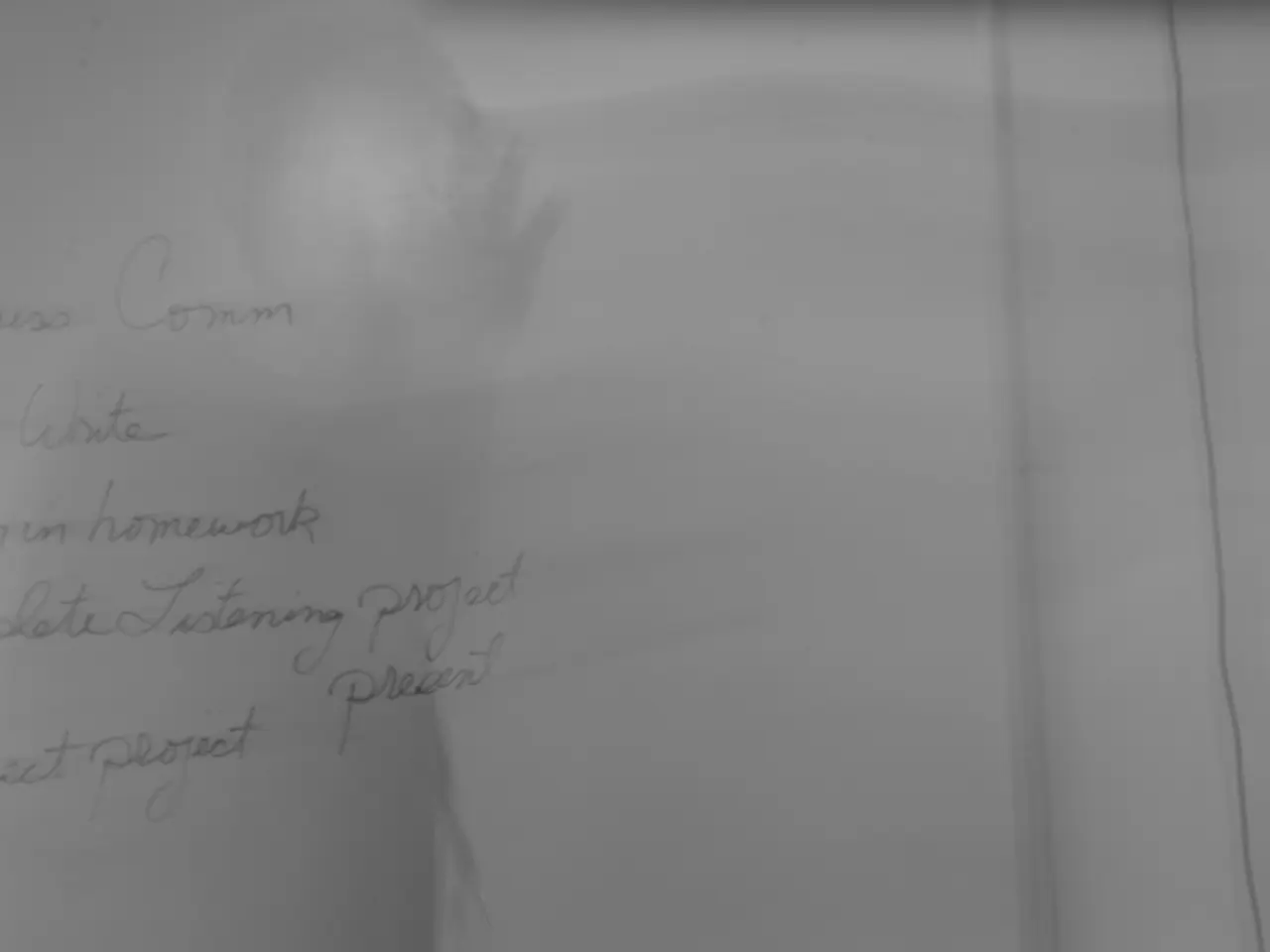Struggling to Get Ahead Financially: Myths Debunked and Reality Exposed
In contrast to popular belief, the reality of financial stability in America is more nuanced than it appears. A closer look at household finances reveals a significant discrepancy between public perception and the hard data.
According to recent findings, median pre-tax incomes hovered around $68,000 in 2020, 25% higher than a decade prior after adjusting for inflation. This increase in income might suggest a rise in financial security, but a closer examination of the facts paints a more complex picture.
One of the key factors contributing to the discrepancy is income inequality and inflation. High inflation rates increase the cost of living, making even high-income households feel financially strained. This perception is exacerbated by rising prices of essential items like housing and vehicles. Despite earning high incomes, some households may still live paycheck to paycheck due to lifestyle choices, debt, or unexpected expenses.
Another contributing factor is payment methods and financial management. Higher-income households often use credit cards, which can lead to a false sense of financial strain if not managed properly. Lower-income households tend to use debit cards or cash, which may limit their financial flexibility but also reduce the risk of debt. The lack of emergency savings and the accumulation of debt can lead to financial stress, even among high-income earners.
Perception of financial security is also influenced by psychological factors, including the comparison with others and personal expectations. Even if financially stable by objective measures, individuals might feel insecure due to societal pressures or personal standards. Cultural values emphasizing material wealth or peer pressure can skew perceptions of financial success, leading to dissatisfaction even at high income levels.
Lifestyle choices and spending habits further contribute to the discrepancy. High-income households often prioritize convenience services over saving, which can lead to living paycheck to paycheck despite having the means to avoid it. The tendency to spend on luxury items or maintain a certain lifestyle can lead to financial strain, even among those with high incomes.
However, it's important to note that not all is doom and gloom. Financial literacy empowers people to find stability on any income with the right mindset and money management approach. Over 60% of households have growing retirement savings, and over 30% of households hold adequate emergency funds. Policy and education changes could further mitigate financial distress for lower-income households.
In conclusion, the discrepancy between the perception of living paycheck to paycheck in America and the actual data on household finances is multifaceted, involving income inequality, payment methods, psychological factors, lifestyle choices, and spending habits. By understanding these factors, we can work towards fostering financial resilience and promoting a more accurate understanding of household financial health.
- Personal-finance management practices, such as over-reliance on credit cards and lack of emergency savings, can lead to financial stress even for high-income households in their business dealings.
- Despite the increase in median pre-tax incomes and thegrowing retirement savings, misconceptions around personal-finance and business prosperity in America persist due to factors like income inequality, inflation, lifestyle choices, and psychological pressures.




